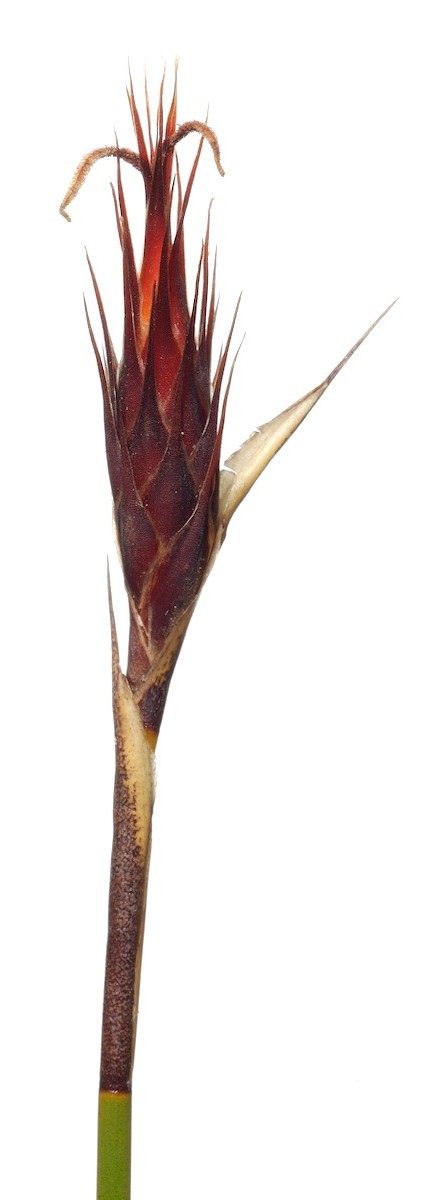BIO3018F Ecology & Evolution

Lectures
PDFs of my lectures from this and previous years are available through the course GitHub repository in the folders labelled “lecture_pdfs_YEAR”.
This year’s lectures can also be viewed as HTML slides below:
- Introduction to Measuring Biodiversity
- Species Richness and Diversity: Alpha Diversity
- Species Richness and Diversity: Beta Diversity
- Functional and Phylogenetic Diversity
- Traits, Trade-offs and Phylogeny
- The Assembly of Diversity: Local Processes
- The Assembly of Diversity: Regional Processes
- Biodiversity and Ecosystem Function
- Remote Sensing of Biodiversity
- Feedbacks in Ecology
Other:
Practicals by year
While the practicals have differed between years, you’re welcome to go through the older ones for ideas and inspiration.
I provide R code, which you can run on your own laptops if you have R installed (and it helps to have RStudio or similar). Alternatively, you can sign up for an account on Posit Cloud, which allows you to run the code on a cloud machine from your internet browser. Make sure to use your university email address as it allows you more free resources.